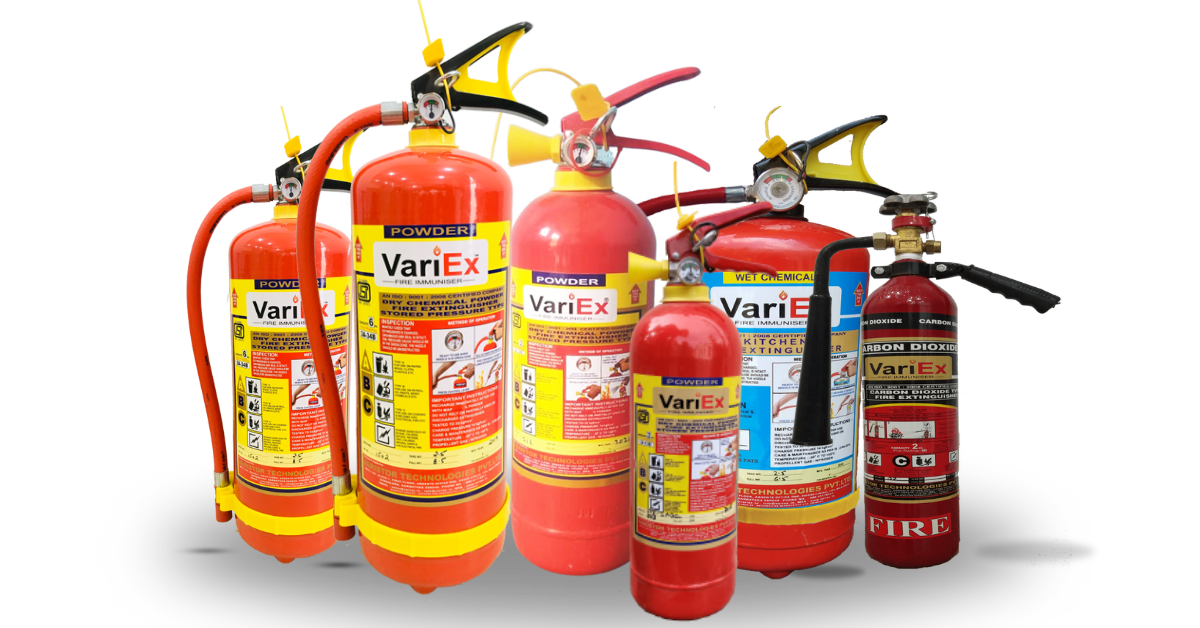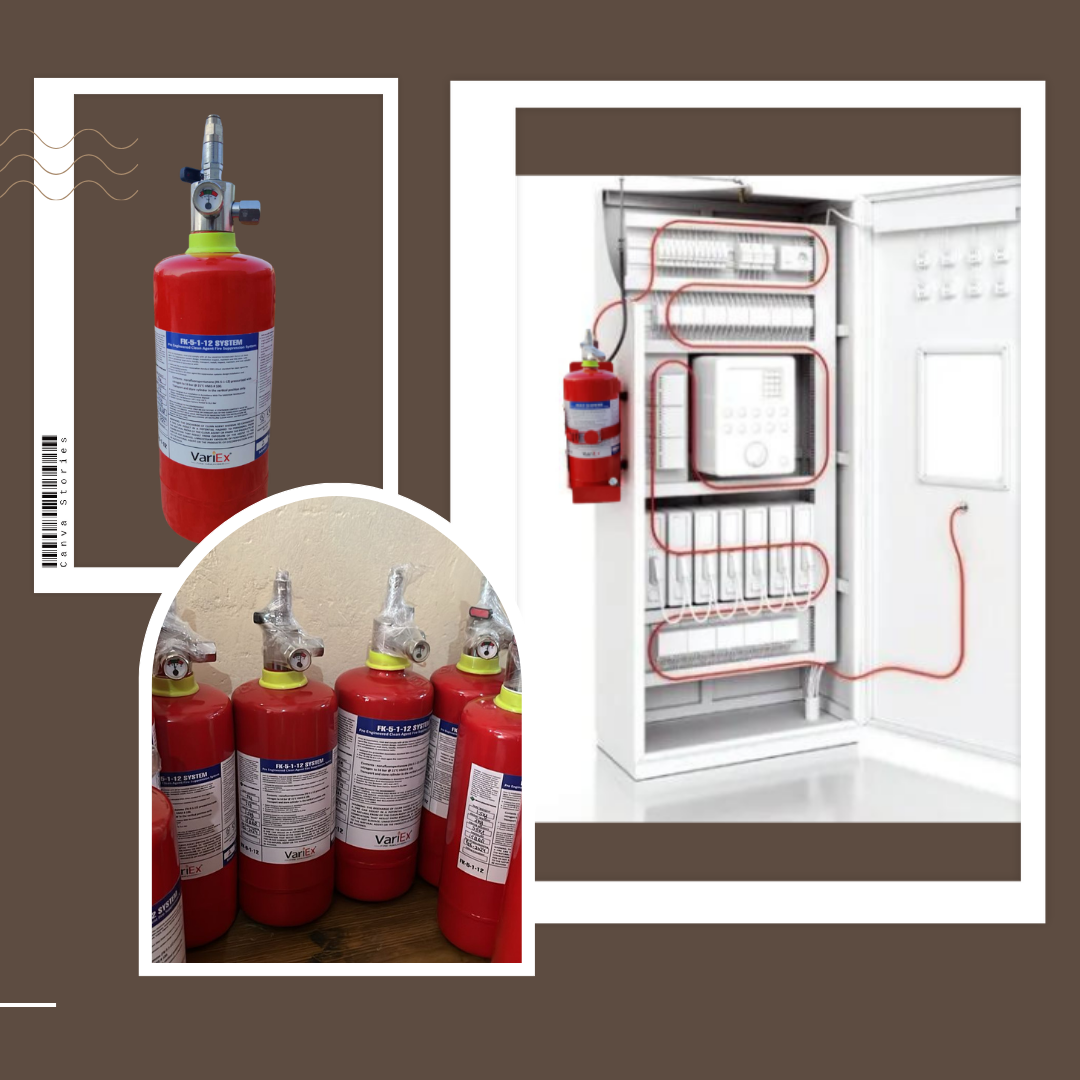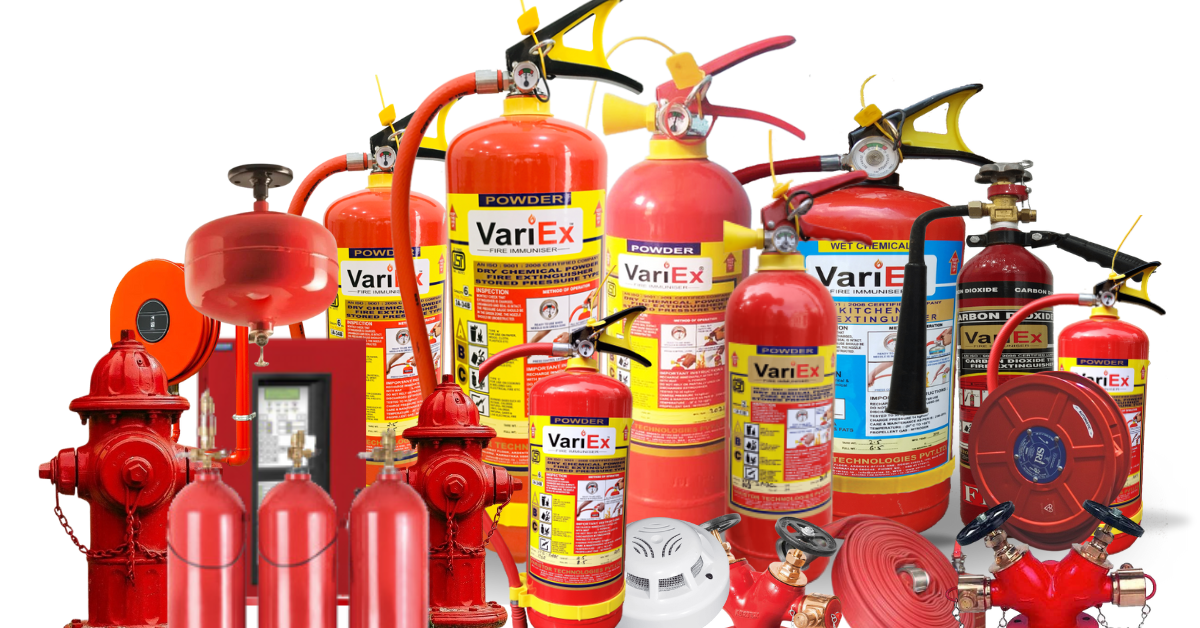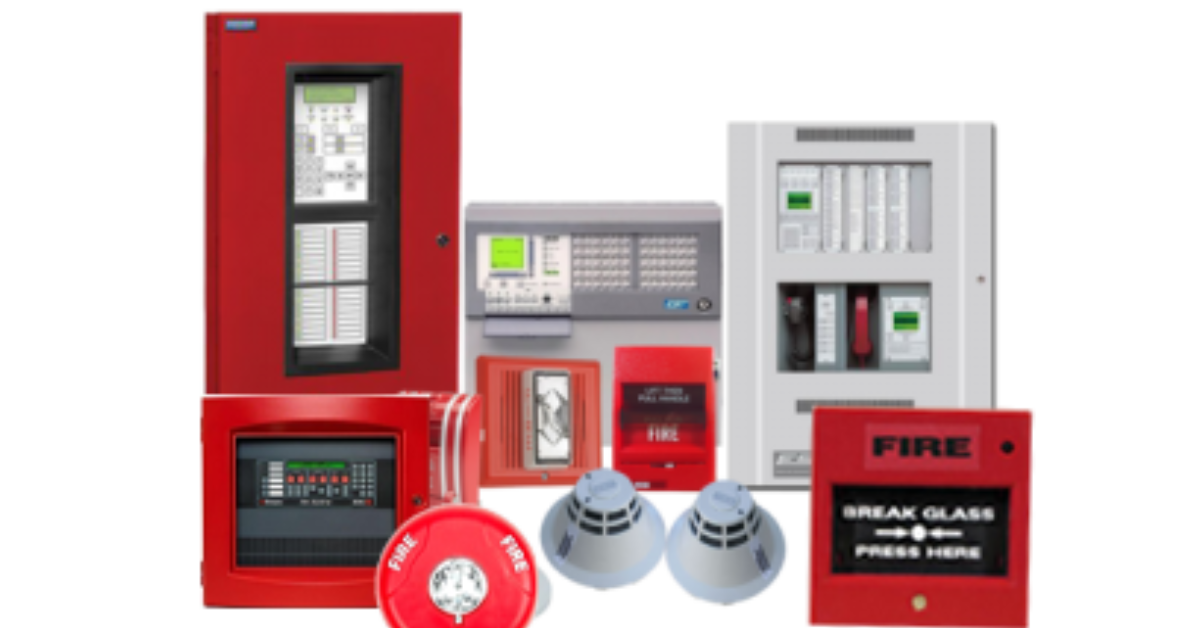![]()
Fire Immuniser
+91-7829629111
Email: info@variex.in
Varistor Technologies Pvt. Ltd.
Block-1, First Floor, Ardente Office One, Hoodi Circle, ITPL Main Road, Bengaluru, Karnataka 560048, IN
How Do Commercial Fire Alarm Systems Work
How Do Commercial Fire Alarm Systems Work
Fire safety is crucial in all settings, but it's of particular importance when it comes to commercial properties. Not only are these buildings often filled with valuable assets, but they also frequently contain a large number of occupants. As such, having an effective and efficient fire alarm system in place is paramount. But have you ever wondered about the intricacies of these systems? How exactly does a commercial fire alarm system work? Join us as we delve into the complexities of fire detection and explore modern commercial fire alarm systems in detail.
Understanding Commercial Fire Alarm Systems
Essentially, commercial fire alarm systems are designed to detect the presence of fire by monitoring environmental changes associated with combustion. Once fire is detected, the system alarms people in the property through visual and audible devices. This allows occupants to evacuate the premises safely and also gives the fire department the opportunity to respond swiftly.
Major Components of a Fire Alarm System
To understand how commercial fire alarm systems work, it's important to familiarize oneself with the main components that make up the system. Though the design may differ slightly depending on the size or type of the building, most commercial fire alarm systems comprise four main elements: control panel, detector sensors, alarm initiating devise and notification appliances.
Control Panel
The control panel is the brain of the system. It receives information from detectors, monitors their operational integrity and provides for automatic control of equipment, as well as the transmission of information necessary for preparing the facility for fire conditions. This includes collecting data from environmental sensors to check for signs of a fire, and sending signals to the other components of the system once a fire has been detected. Interestingly, the control panel can also relay information to a remote monitoring station or directly contact the local fire department via an automatic dialing system.
Detector Sensors
The detector sensors are what the system relies on to observe changes in the environment that might indicate a fire. There are various types of sensors used, including smoke detectors, heat detectors, and manual pull stations. Smoke detectors are the most common and are designed to detect smoke particles in the air; heat detectors, on the other hand, are programmed to trigger an alarm when they detect an excessively high temperature. Manual pull stations allow individuals to manually trigger the fire alarm in the event of a fire.
Alarm Initiating Devices
Alarm initiating devices are manual or automatic devices that activate the fire alarm system. These devices can be anything ranging from manual pull stations, smoke detectors, heat detectors, to flame detectors and waterflow switches. Upon detection of fire or smoke by any of these devices, they transmit a signal to the control panel to initiate the alarm.
Notification Appliances
The final section of a commercial fire alarm system is the notification appliances. These are designed to alert people on the premises that a fire has been detected. They serve the vital purpose of notifying building occupants to evacuate and can often be found in the form of strobe lights and audible devices such as horns, bells, or voice evacuation messages.
The Alarm System Life Cycle
The alarm system acts in a straightforward life cycle: detection, alarm initiation, notification, and then evacuation. In essence, when a fire starts, the system first detects the event through one of its many sensors. The sensor sends a signal to the control panel, which then triggers the alarm initiating devices. These initiation devices, in turn, activate the notification appliances, alerting everyone in the building. Lastly, the occupants should follow the escape routes established in their fire safety plan, leading them to safety.
Conclusion
Commercial fire alarm systems are an integral part of any business's safety measures. These complex systems work by using a variety of sensors and devices to detect signs of a fire at its early stages, thereby warning the building's occupants and enabling evacuation procedures to start immediately. By being armed with a clear understanding of how these systems function, business owners can make informed decisions to ensure the safety of their properties and those who inhabit them.
However, it's also paramount to remember that for a commercial fire alarm system to work effectively, it should be well-maintained and regularly inspected. Ultimately, a fully functional and efficient fire alarm system can save lives, prevent injuries, and minimize property damage by providing early detection and warning of a fire emergency.
Explore our products Range
Final Say
At VariEx.in and VariexOnline.com, we specialize in supplying and installing top-quality fire fighting systems and equipment. From fire extinguishers to advanced suppression systems, we offer comprehensive solutions tailored to your needs. Our experienced team ensures precise installation and maintenance for optimal safety.
Trust VariEx for reliable fire protection. Contact us online or call 7829629111 to learn more.
















